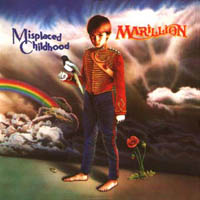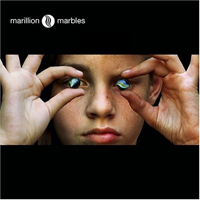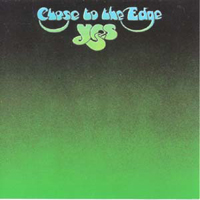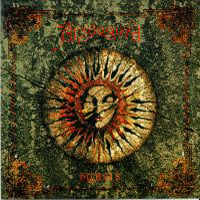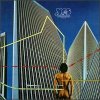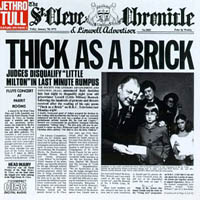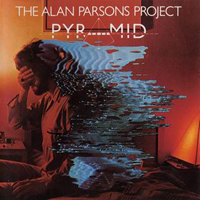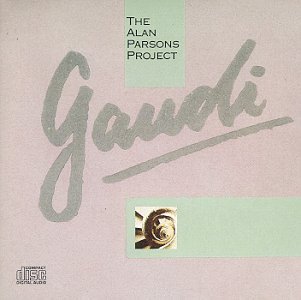The Prestigio MultiPad PMP5080B fits nicely between these two extremes. It’s not a high end Android tablet but neither is it a half hearted attempt to cash in on the Android brand. Costing around 199 Euros, it’s at the cheaper end of the market (cheaper, not cheap – there’s a big difference). It’s an 8-inch device running Android 2.3 Gingerbread so initially things sound good.
Read the full review after the break >>
First Impressions
Open up the box and you’re presented with the tablet tucked into its black leather-effect sleeve, with the four standard capacitive hardware buttons visible along the open end. The case is lined with red felt and should keep the hardware well protected.
Removing the tablet from the case and first impressions are good – the edges and rear panel are black plastic with subtle profiling. The shape of the sides allows the user to maintain a firm grip with one-handed use, although the 8-inch 4:3 aspect ratio TFT screen means that the MultiPad is nearly 6-inches wide nearly 8 inches high, so it may be more suited to users with larger hands unlike taller tablets with a slimmer 16:9 aspect ratio. The MultiPad weighs in at a tad over 0.5kg so it’s not the lightest tablet around, but it feels solid and the 5400mAh battery is an acceptable justification for the weight.
Also in the box is a wall changer, USB cable for connecting the tablet to a PC, warranty card and a very basic user guide.
The Screen
 Booting up the MultiPad takes around 40 seconds and the first thing you’ll notice is the screen resolution. While the capacitive 8-inch TFT screen is clearly larger than the latest ‘large screen’ smartphones, the resolution is only 800×600 which is similar to many smartphones with half the screen size. The homescreen icons and widgets look good with plenty of colour and contrast, although the relatively low resolution gives them a slightly blocky appearance around the edges under close inspection. You can see them clearly enough and know exactly what they are, but they’re not presented as well as more expensive tablets with a higher pixel count. Text presentation on web pages or your Twitter feed is clear and easy to read in most situations but can appear to be a little rough around the edges due to the resolution, although the text would need to be very small before it becomes unreadable. This is certainly something you could live with if you take into account the reasonable asking price; it’s understandable that certain compromises need to be made. If the MultiPad had a higher resolution, it would have a corresponding higher price.
Booting up the MultiPad takes around 40 seconds and the first thing you’ll notice is the screen resolution. While the capacitive 8-inch TFT screen is clearly larger than the latest ‘large screen’ smartphones, the resolution is only 800×600 which is similar to many smartphones with half the screen size. The homescreen icons and widgets look good with plenty of colour and contrast, although the relatively low resolution gives them a slightly blocky appearance around the edges under close inspection. You can see them clearly enough and know exactly what they are, but they’re not presented as well as more expensive tablets with a higher pixel count. Text presentation on web pages or your Twitter feed is clear and easy to read in most situations but can appear to be a little rough around the edges due to the resolution, although the text would need to be very small before it becomes unreadable. This is certainly something you could live with if you take into account the reasonable asking price; it’s understandable that certain compromises need to be made. If the MultiPad had a higher resolution, it would have a corresponding higher price.
The Hardware
Holding the MultiPad in landscape view with the capacitive hardware buttons along the right of the screen, the physical power and volume rocker control buttons are on the left side edge. On the right side edge you’ll find the 5v DC power input, 3.5mm headphones socket, mini USB connector and HDMI output. The capacitive control buttons – Back, Menu, Home and Search – will be familiar to most users. The order that these buttons have been placed makes them more intuitive to use in landscape mode – in portrait view the Home and Back buttons are opposite to how most smartphone users will be used to, but it doesn’t take long to remember the layout. On the rear cover you’ll find a pair of speakers and the cover for the micro SD card.
The MultiPad has a 2MP front facing camera that can be used as a webcam for video calls.
In portrait view, it’s possible to hold the MultiPad in one hand and use the other hand to interact with the screen. The tablet feels nice in the hand and the edges that slope inwards towards the front panel are ideal for maintaining a firm grip.
Performance
Swiping through the five homescreens is fairly smooth with no noticeable lag. Apps and folders open up quickly when selected. Overall performance is good although things seemed to slow down slightly when multi-tasking due to the single core processor. More RAM memory and a dual core processor would avoid this lag and would increase performance, but it would also increase the price. When you remember that this is a budget device at a reasonable price, it’s probably something that the majority of users will be happy to live with.
There are no such problems with web browsing. Pages load quickly over Wi-Fi and the fact that the screen is fairly large means there’s rarely a need to zoom in using the multi-touch pinch.
Video playback on the tablet is quite good, although the 800×600 screen can’t really show high definition video in all it’s glory. However, hook up the tablet to a high definition display using the HDMI output and 1080p full HD playback is possible at 26 mbit/s.
One feature that Prestigio is proud of is their eBook capabilities. The MultiPad comes with their eBook reader and library pre-installed and users have access to the PrestigioPlaza eBook store with around 80,000 titles to choose from.
Android UI
The MultiPad comes preloaded with Android 2.3.1 Gingerbread which is nice to see – many tablets in this price range are running Android 2.2 FroYo and are unlikely to receive any kind of official updates. Still, it would have been better to see a Honeycomb OS, which is designed to be more tablet orientated. The main system apps and menu settings will be familiar to anyone who has used an Android device, and anyone new to Android will soon feel at home thanks to the intuitive interface.
The user interface (UI) that sits between the Android operating system and the user is fairly clean with only minimal changes by Prestigio, such as a custom icon set for the pre-installed apps.
Modifying the homescreens is a simple process, just like other Android devices. Shortcuts and widgets can be added to any of the five homescreens with a long press on any empty space. Access to the Android Market is easy to set up using your Google account details when you first open the Market app, so you’re never far away from the apps and widgets you need.
Most of the icons on the standard homescreens are actually shortcuts to folders that contain a number of app shortcuts. Tapping the icon instantly opens a folder window at the bottom of the screen containing apps grouped by genre, such as Communications (Skype, Facebook, Twitter).
Verdict

There are some obvious shortcomings which are hard to avoid on a budget tablet where cost is important. The lack of 3G means that mobile data is limited to Wi-Fi hotspots, and the single core processor with relatively low RAM memory means that performance can feel restricted at times. And of course the screen resolution is not quite what you would expect from an 8-inch TFT display.
However, the features that are included have been implemented fairly well and Prestigio seem to have achieved the reduced retail price by making the most out of the included features, rather than settling for sub-standard features that would spoil the overall user experience. During the testing for this review, the MultiPad was used for all the usual tasks including internet browsing, email, and social networking within reach of a Wi-Fi router, and it did everything that was asked of it without any problems. As an internet-enabled tablet that will be used mainly where Wi-Fi is available, the MultiPad is nice device at a budget price. (Sursa)













